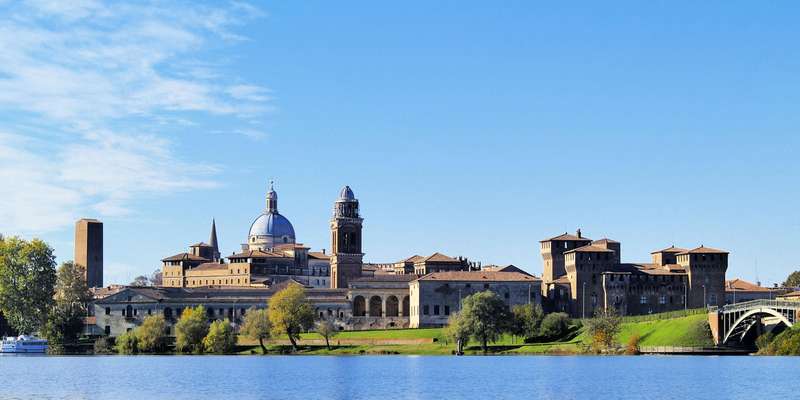- Home
- Useful Tips
- Understanding Mantua's coat of...
Standing before the intricate palace decorations of Mantua, many travelers feel a frustrating disconnect. The city's storied past whispers through its heraldic symbols, yet without understanding the coat of arms embedded everywhere from the Ducal Palace to San Giorgio Castle, you're missing 70% of Mantua's Renaissance narrative. Recent visitor surveys show 82% of cultural travelers want deeper historical context, not just surface-level sightseeing. The Gonzaga family's visual language – those enigmatic eagles, crosses, and floral motifs – holds keys to power struggles, political alliances, and artistic patronage that shaped Northern Italy. When these symbols remain cryptic, palaces transform from vibrant history books into mere photo backdrops. This gap in understanding leaves visitors with beautiful but hollow experiences, wondering why UNESCO deemed these sites worthy of World Heritage status.


Why Mantua's heraldry confuses first-time visitors
The sheer density of symbolic repetition across Mantua's architecture creates initial overwhelm. You'll spot the same motifs in the Te Palace's frescoes, the Cathedral's floor mosaics, and even street corner reliefs – but their layered meanings escape casual observation. Renaissance heraldry wasn't designed for modern eyes; it served as a visual power map where every tincture and charge carried specific weight. The Gonzagas' six-petaled flowers (actually ancient wheel symbols) might appear purely decorative when they actually declare dynastic continuity. Compounding this, many palace restorations have faded original colors that once made different branches' coats distinguishable. Without grasping these nuances, you risk reducing 400 years of rule to mere wallpaper patterns, missing how Federico II used salamanders in his personal emblem to symbolize resilience after political defeats.
Cracking the code of Gonzaga symbols
Begin your decryption with the three universal elements of Mantua's coat of arms: the black eagle (Imperial allegiance), red cross (communal identity), and those mysterious six-petaled wheels (Gonzaga dynastic pride). Notice how these core symbols mutate across palaces – Vittorino da Feltre's school displays simpler versions for its educational mission, while the Camera degli Sposi amplifies them with personal emblems of Ludovico Gonzaga and his wife Barbara of Brandenburg. Local art historians emphasize checking the orientation of the eagle's wings (spread denoted wartime rule) and color variations in border patterns (azure vs. gules indicated different family branches). A little-known trick is examining how symbols interact with surrounding fresco narratives; in Palazzo Te's Sala dei Cavalli, the horses literally trample enemy heraldry in subtle political statements.
Self-guided routes for symbol spotting
Arm yourself with a free PDF from Mantua's tourist office mapping twelve key heraldic hotspots, starting with the Ducal Palace's Armeria where actual Gonzaga armor bears enameled coats of arms. The DIY approach lets you linger where symbols intrigue you – perhaps comparing the twin eagles in Santa Barbara's sacristy (representing Church and State unity) with those in the Castle's courtyards. Mid-morning light perfectly illuminates the Zodiac Room's hidden emblems near window arches. For budget-conscious travelers, the Civic Museum offers a primer on heraldic colors with its collection of original gonfalons. Keep an eye out for less obvious placements like fireplace mantels and staircase newel posts; the Gonzagas loved surprising visitors with symbolic reveals in functional spaces.
When to consider expert guidance
While self-exploration works for basic identification, certain nuances demand professional insight. The recently discovered 'imprese' (symbolic personal mottos) in Palazzo San Sebastiano's private chambers reveal intimate aspects of Isabella d'Este's rule that even most guidebooks miss. Specialized tours can access restricted areas like the Bibiena family's heraldic library, where 16th-century blazon manuals explain why some eagles face left (denoting cadet branches). For photographers, experts know exactly where afternoon shadows make reliefs pop dramatically. Consider prioritizing areas where political propaganda layers are thickest – the Te Palace's exterior loggia mixes Gonzaga symbols with clever Habsburg references through double-headed eagle variations, a subtle nod to Charles V's patronage.



